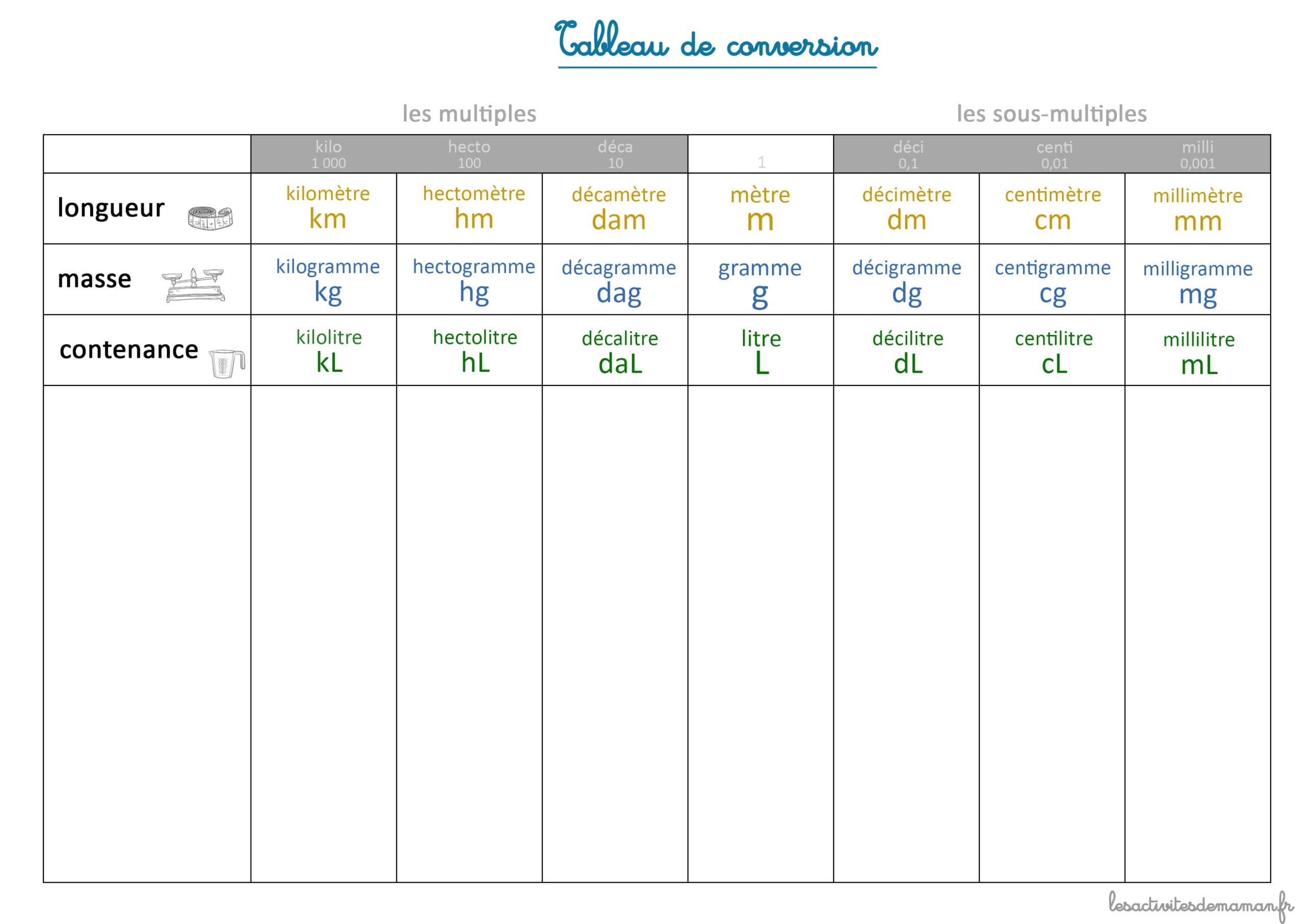This comprehensive guide provides everything you need to know about converting between kilogrammes (kg) and grammes (g). Whether you’re a seasoned chef, a meticulous scientist, or simply navigating the grocery store, we’ll equip you with the knowledge and tools to confidently handle these metric mass conversions. Let’s dive in!
Mastering the kg to g Conversion
The metric system simplifies mass conversion with its elegant decimal structure. At the heart of kilogramme-to-gramme conversion lies a fundamental principle: 1 kilogramme (kg) equals 1000 grammes (g). This foundational equivalence forms the basis of all our calculations.
The Conversion Formulas: Your Go-To Tools
Here’s the core formula for converting kilogrammes to grammes:
- Grammes (g) = Kilogrammes (kg) * 1000
Need to go the other way? Simply reverse the operation:
- Kilogrammes (kg) = Grammes (g) / 1000
Let’s illustrate with some practical examples:
Scenario 1: You have 2.5 kg of flour. How many grammes is that? Using the formula: 2.5 kg * 1000 = 2500 g.
Scenario 2: A recipe calls for 750 g of sugar. How many kilogrammes is that? 750 g / 1000 = 0.75 kg.
Decoding Kilogrammes and Grammes
Kilogramme (kg): The kilogramme serves as the base unit of mass in the International System of Units (SI). Originally defined by a physical platinum-iridium cylinder, its definition now relies on fundamental physical constants, ensuring greater precision and stability.
Gramme (g): Derived from the kilogramme, the gramme represents one-thousandth of a kilogramme. Its smaller scale makes it ideal for measuring lighter objects and substances.
A Deeper Dive: The term “kilogramme” originates from the French “kilogramme”, a combination of the Greek “khilioi” (thousand) and the Late Latin “gramma” (a small weight). This etymological background reveals the inherent relationship between these two units.
Visualizing the Conversion: A Handy Table
This table provides a quick reference for common kg to g conversions:
| Kilogrammes (kg) | Grammes (g) |
|---|---|
| 0 kg | 0 g |
| 0.1 kg | 100 g |
| 0.25 kg | 250 g |
| 0.5 kg | 500 g |
| 1 kg | 1000 g |
| 2 kg | 2000 g |
| 5 kg | 5000 g |
| 10 kg | 10000 g |
Interactive Conversion Calculator
While the formulas and table are helpful, an interactive calculator can further streamline the conversion process:
[Insert Interactive Calculator Here – This would require code implementation specific to your platform.]
Real-World Applications: Where kg and g Meet
Understanding kilogramme-to-gramme conversion extends beyond theoretical knowledge; it has practical implications across diverse fields:
Science and Engineering: From meticulous laboratory experiments to large-scale industrial processes, precise mass measurements are essential for accuracy and reproducibility. For example, in pharmaceutical compounding, even slight deviations in mass can significantly impact drug efficacy and safety.
Culinary Arts: Precise measurements are the cornerstone of successful recipes. Whether you’re baking a cake or preparing a complex dish, understanding kg to g conversions ensures consistent results. For instance, converting a recipe from grammes to kilogrammes can be helpful when scaling up for larger batches.
Healthcare: In healthcare, dosages, patient weights, and other critical measurements often involve kilogrammes and grammes. Accurate conversions are crucial for patient safety and effective treatment.
Commerce: From grocery shopping to international trade, products are often sold by weight. Confidently converting between kilogrammes and grammes empowers consumers to make informed decisions and compare prices.
Common Pitfalls and How to Avoid Them
While the conversion itself is straightforward, some common errors can occur:
Multiplying vs. Dividing: A frequent mistake is confusing when to multiply and when to divide. Remember: multiply kilogrammes by 1000 to get grammes, and divide grammes by 1000 to get kilogrammes.
Decimal Placement: Be mindful of decimal placement, especially when dealing with fractional values. Double-check your calculations to avoid errors.
Beyond the Basics: Advanced Insights
Precision and Accuracy: The number of significant figures in your measurements matters, especially in scientific contexts. Ensure your conversions maintain the appropriate level of precision.
Mass vs. Weight: While often used interchangeably, mass and weight are distinct concepts. Mass refers to the amount of matter in an object, while weight reflects the force of gravity acting upon that mass. Kilogrammes and grammes measure mass.
The Evolving Kilogramme: The kilogramme’s definition has undergone refinements over time. Exploring this historical context provides a deeper appreciation for the pursuit of accurate measurement.
Exploring Other Metric Units
Once you’ve mastered kilogrammes and grammes, you can expand your metric system knowledge to include milligrams (mg) and metric tons (t).
Milligrams (mg): A milligramme is one-thousandth of a gramme (0.001 g). They are used for measuring incredibly small masses, often in scientific research or medicine.
Metric Tons (t): A metric ton is equal to 1000 kilogrammes. They are used for measuring very large masses, such as in industrial applications or when quantifying large shipments.
Plan your prayers accordingly with the most accurate namaz times Washington DC. This adds an unexpected but potentially useful link for a specific audience segment.
This comprehensive guide has covered everything from the basic conversion formula to advanced insights, real-world applications, and potential pitfalls. Now, you should be well-equipped to confidently navigate the world of kilogrammes and grammes.
- Discover Long Black Pepper: Flavor & Health Benefits - April 25, 2025
- Shocking Twists: The Grownup Review: Unreliable Narration - April 25, 2025
- A Quiet Place Book vs Movie: A Deep Dive - April 25, 2025
















